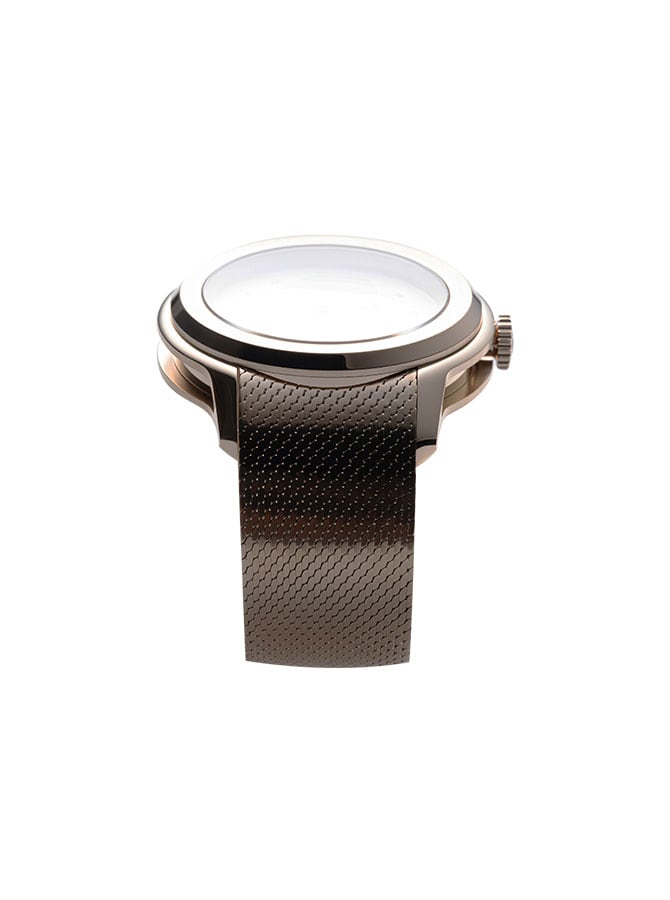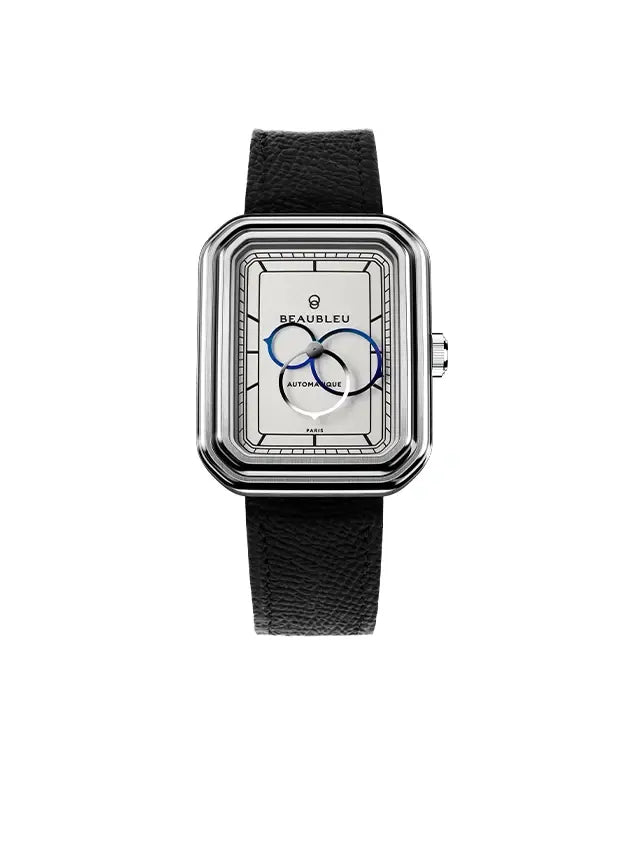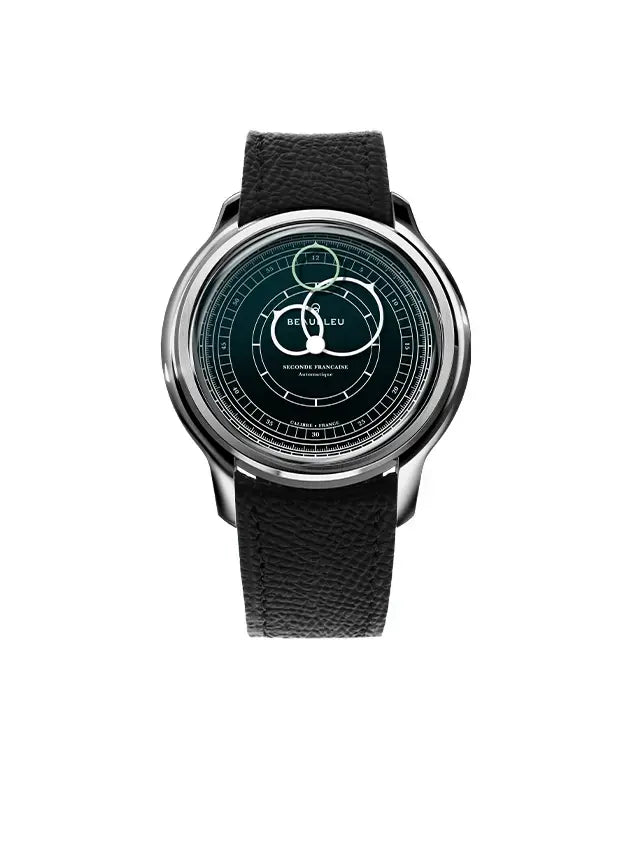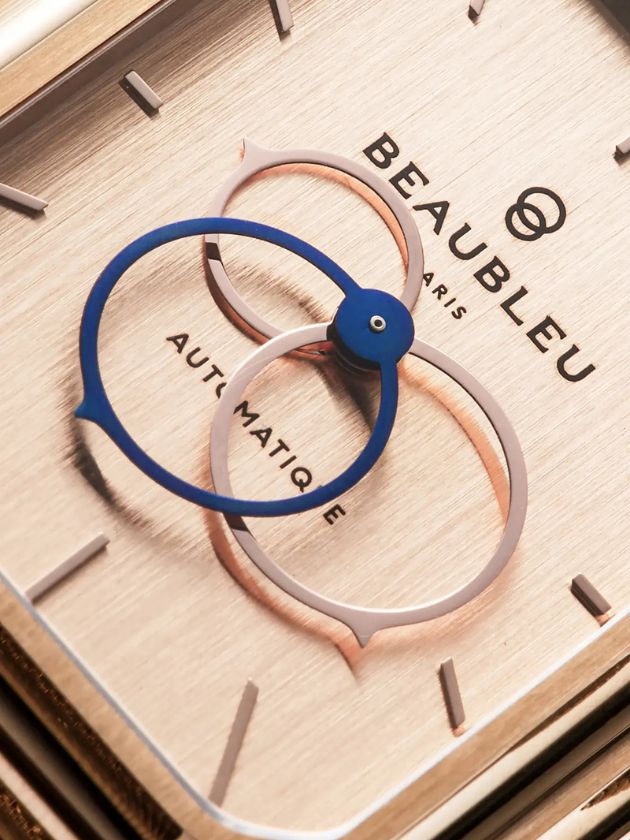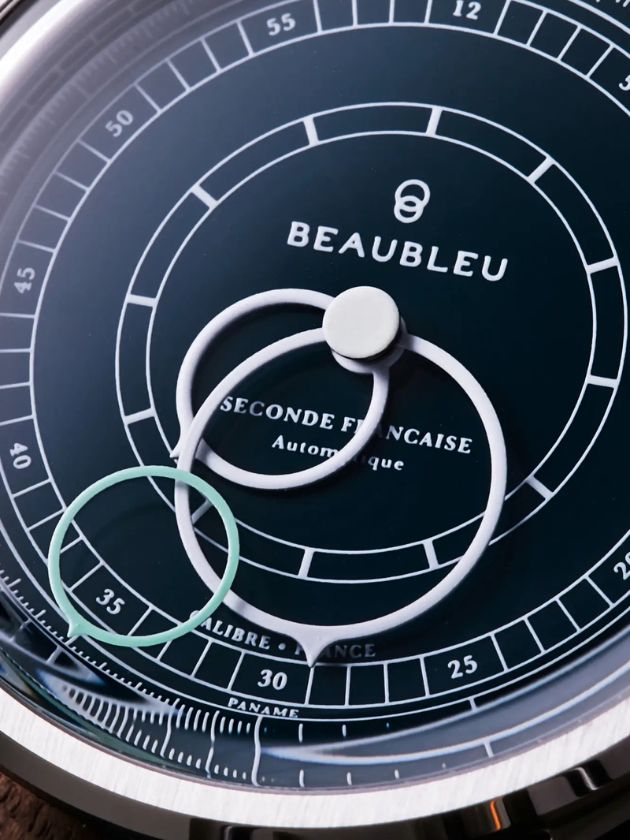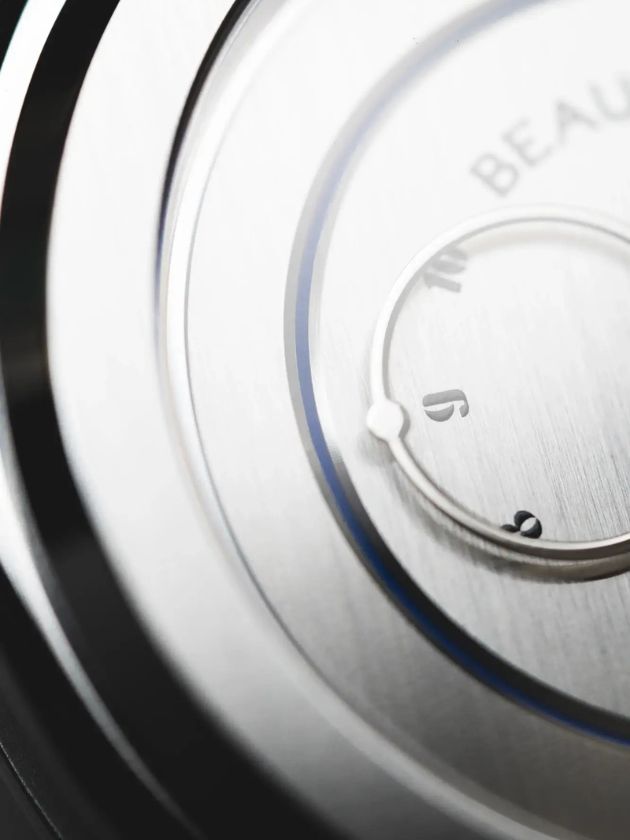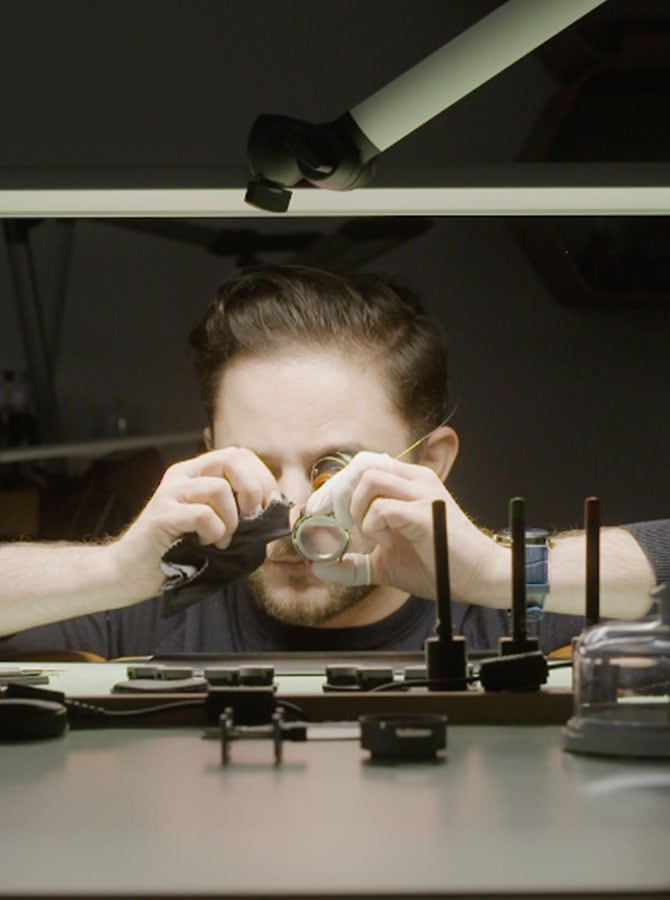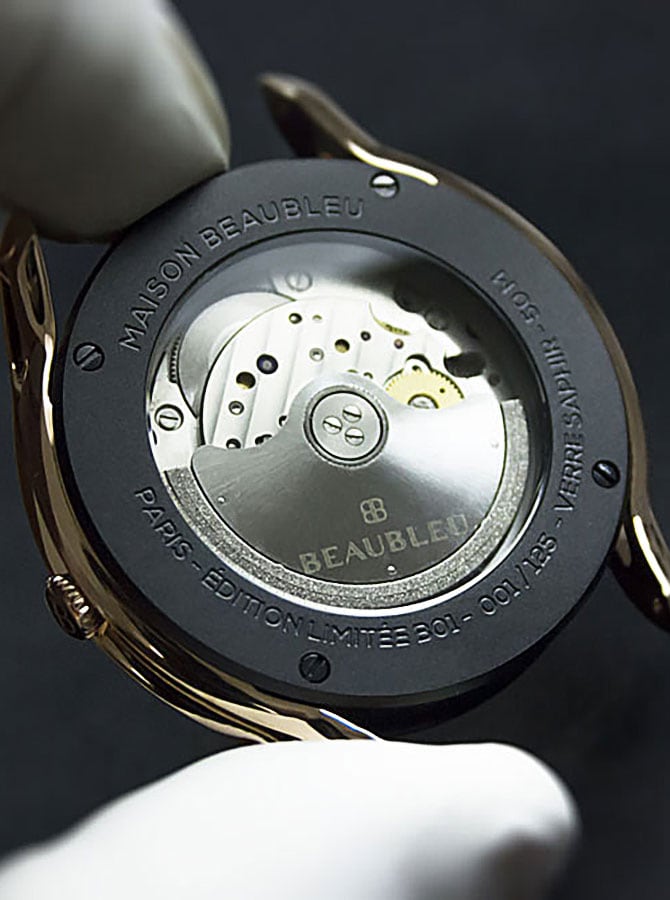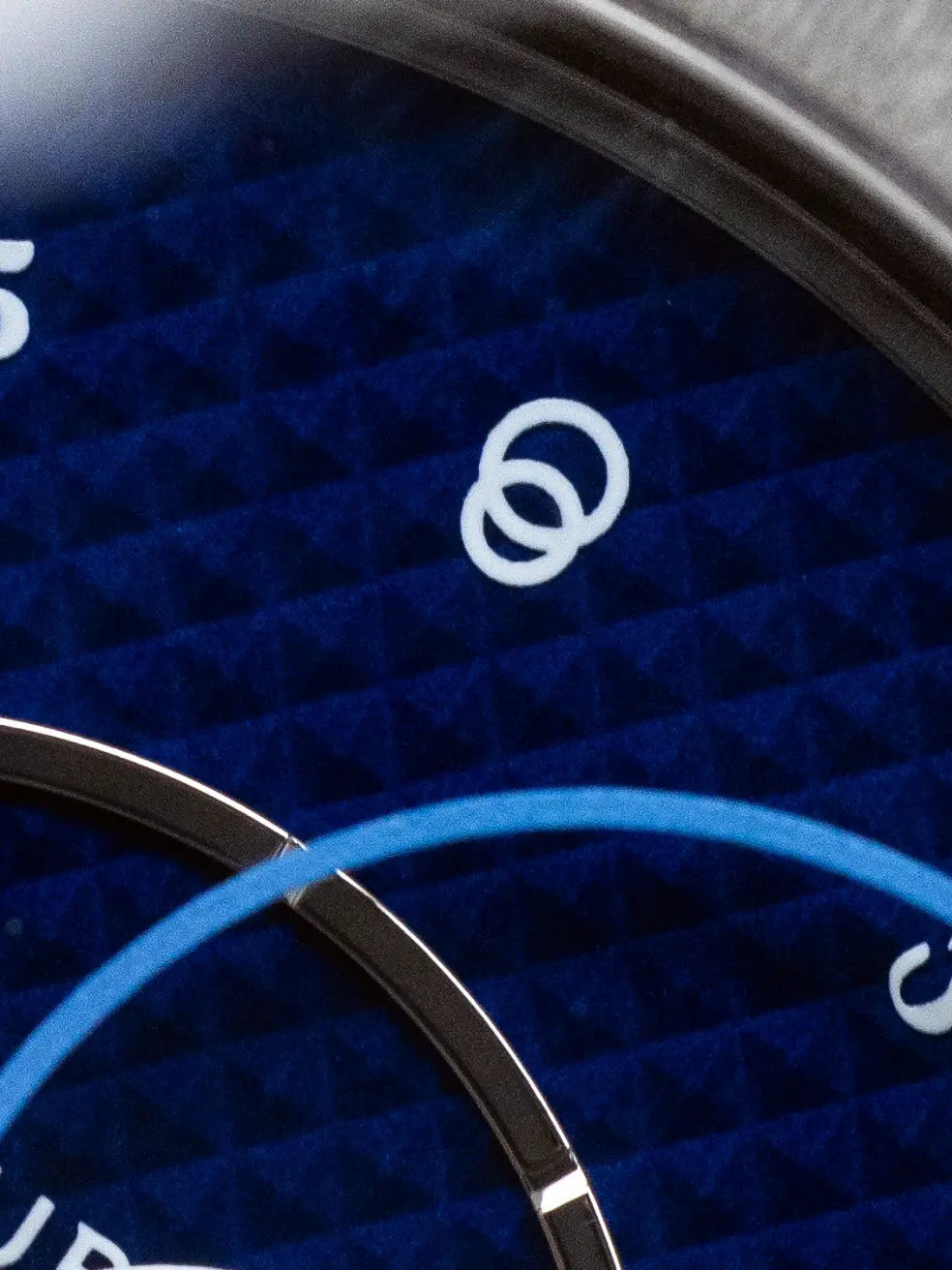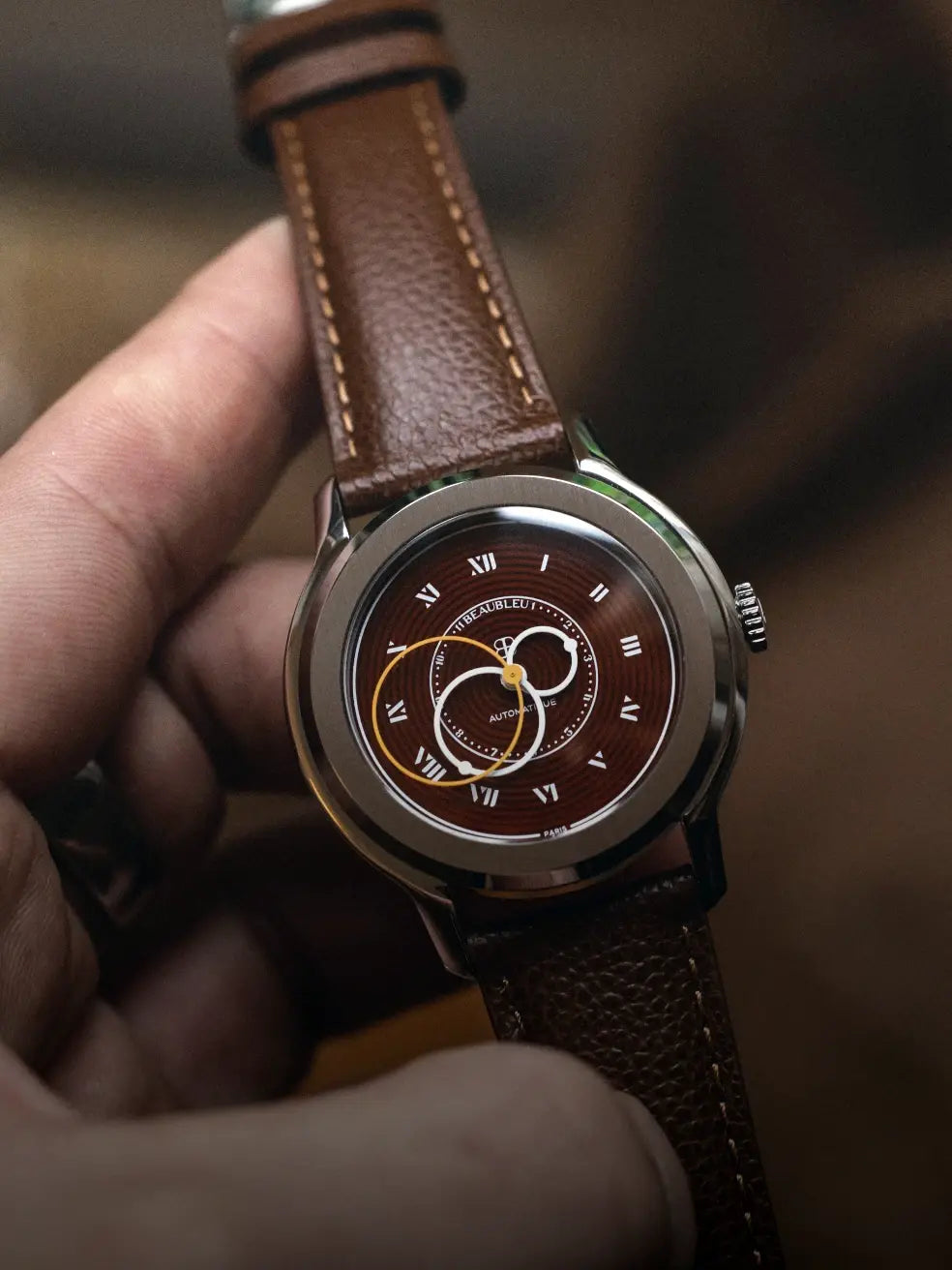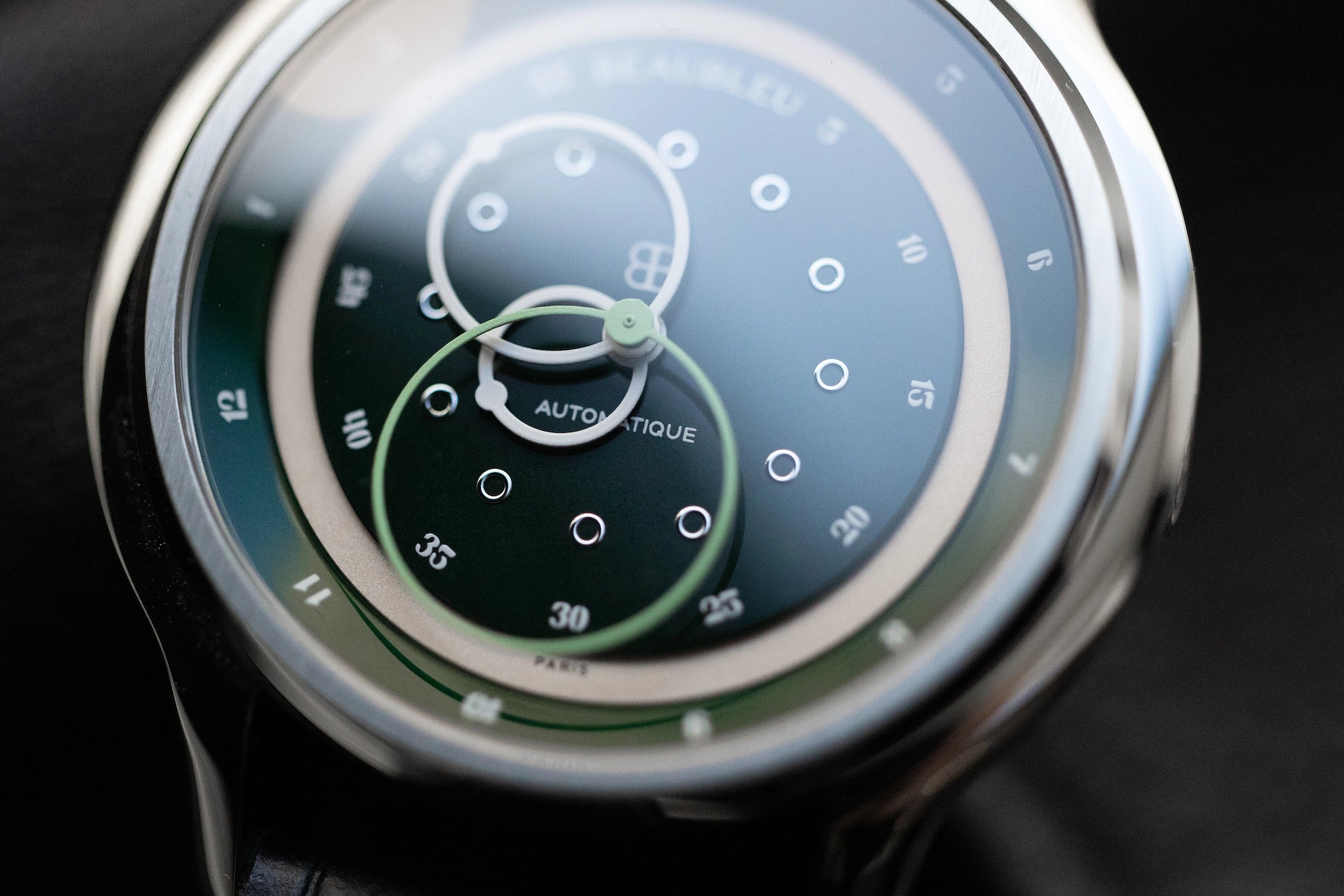
The secrets behind the precision and reliability of automatic watches
The precision of automatic watches is not just an ideal: it is the result of continuous innovation, craftsmanship and cutting-edge technology. This article uncovers the secrets behind the precision and reliability of these extraordinary timepieces, exploring the foundations of their mechanism, the innovations that improve them and the delicate art of their adjustment.
Fundamentals of Automatic Watch Accuracy
The heart of an automatic watch beats through its complex internal mechanism, where each component plays a crucial role in accurately measuring time. At the center of this mechanical ballet is the balance wheel, oscillating regularly, dictating the rhythm of the watch. Associated with the escapement, they form a dynamic duo, regulating the energy released by the barrel spring and thus ensuring constant advancement of the hands. This perfect harmony is the key to the precision of automatic watches, ensuring that the measured time accurately reflects the passing of the seconds.
Technical innovations improving precision
Technological advancements have played a significant role in improving the accuracy of automatic watches. The introduction of innovative materials such as silicon in the manufacture of the balance and escapement has reduced friction, minimized the impact of magnetic fields and improved the longevity of the components. In addition, modern anti-shock systems protect the mechanism from impacts, preserving accuracy even in active use conditions. These innovations, combined with advanced mechanical designs, have allowed automatic watches to achieve previously unimaginable levels of precision.
The art of adjustment and tuning
Achieving perfect precision in an automatic watch requires more than advanced engineering. It also requires the expert intervention of qualified watchmakers. Manual adjustment and adjustment of the watch are critical steps where the craftsman carefully adjusts the mechanism to ensure precise running. This process may include adjusting the balancer, adjusting the racket, or changing the spring tension. These fine adjustments ensure that every automatic watch, whether for everyday use or special occasions, operates with unrivaled precision. Certification by independent organizations, such as the COSC, attests to this precision, offering wearers the assurance of a time measured with the greatest accuracy.
Maintenance and its impact on accuracy
The precision of automatic watches is not only the result of initial design and careful adjustment, but also depends on regular maintenance. Careful professional service, including cleaning, lubricating and adjusting the mechanism, is essential to prevent wear and ensure the watch performs to its maximum potential. Without this maintenance, even the most refined automatic watch can see its accuracy decline, affecting its performance and durability.
Automatic watches are much more than just high-end accessories or technological fascination. They are the result of a watchmaking heritage, combining centuries of know-how with cutting-edge technological advances to achieve unparalleled precision and reliability. The key to their performance lies in the synergy between ingenious design, expert fit, and rigorous maintenance, ensuring that each automatic watch can be a trusted companion through time.
